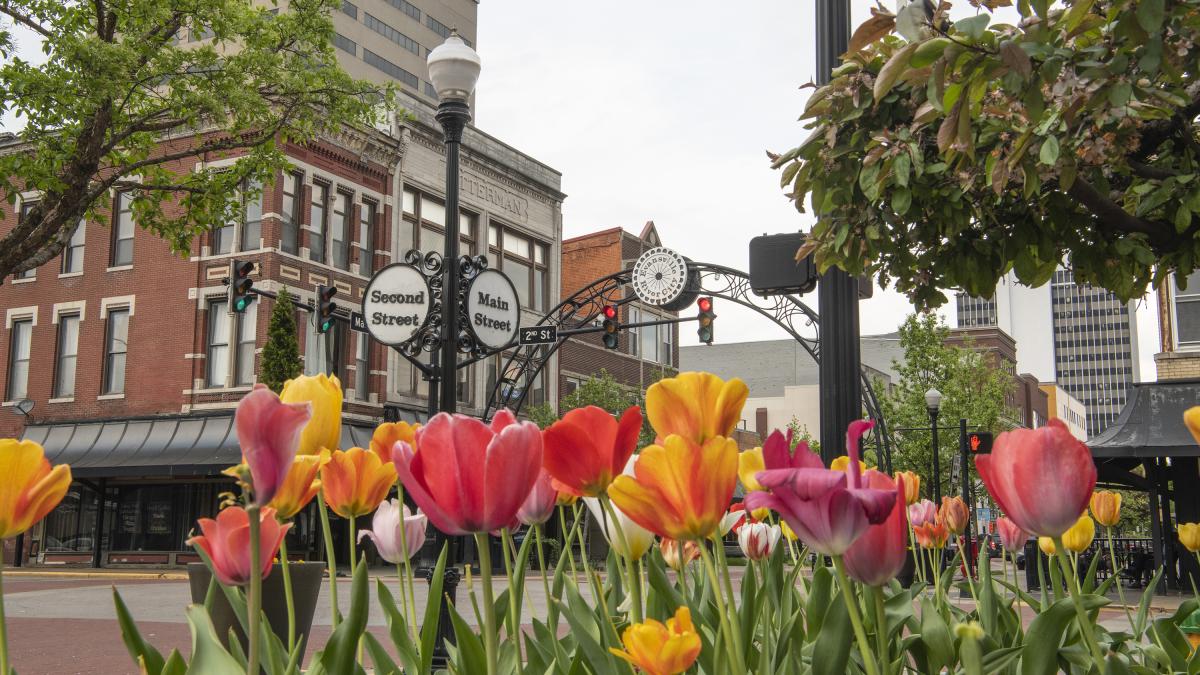Joshua Claybourn

Indiana’s brand in the nation’s collective psyche typically recalls images of farming, basketball, racing, and small towns. It likely reached a cultural peak in national consciousness in the 1980s.
In music, one of 1980s' most visible and successful artists was Hoosier John Mellencamp. Starting in 1982, he produced 22 Top 40 hits, including Top 10 singles like "Hurts So Good," "Jack & Diane," "Crumblin' Down," "Pink Houses," "Lonely Ol' Night," "Small Town," and "R.O.C.K. in the U.S.A." Mellencamp wasn't just from Indiana. He exuded Indiana. Lyrics extolled the virtues of small towns, "kids growin' up in the Heartland," and family farms.
We Hoosiers may not talk much about Michael Jackson, but the most popular artist of the 1980s (and one of the century's biggest pop culture figures) was born and raised in Indiana.
On TV in the 1980s, Hoosiers and their love of Indiana was common. David Letterman dominated late night. He often played to Indiana's downhome goodness through his "Guess Mom's Pies" bit and cutaways to his mom in her cozy Carmel kitchen. Sure, Letterman laughed at some aspects of his Hoosier culture, but there was also pride and a desire to discuss it often.
This Hoosier brand found its most potent vehicle in basketball. The wildly popular 1986 film Hoosiers tells the story of a small-town Indiana high school basketball team that wins the state championship.
One of the decade's biggest TV hits, Cheers, featured a young, wholesome-looking Hoosier named Woody (played by an actor who attended college in Indiana). Woody portrayed a farm-raised, corn-fed kid. He might have been a bit naive, but he was also honest and polite. And he loved Indiana.
For better or worse, this depiction overlapped with Hoosier Dan Quayle’s term as Vice President. Like Woody, the media portrayed Quayle as youthful, gaffe-prone, and a bit slow, but nonetheless well-intentioned.
You can see a Hoosier stereotype developing in the '80s that captured the nation's attention—simple, youthful, and wholesome. Unpretentious, but proud of Indiana. Celebrated for succeeding against the odds. The David to coastal Goliaths.
This Hoosier brand found its most potent vehicle in basketball. The wildly popular 1986 film Hoosiers tells the story of a small-town Indiana high school basketball team that wins the state championship by overcoming a far more skilled and athletic big-city team. We see Hoosier stereotypes continue—hard work, fair play, and perseverance can bring success against tall odds.
And how can we go without mentioning Bob Knight's Hoosiers? They won two national championships in the 1980s with this very same mindset. Star players like Steve Alford, Calbert Cheney, and Damon Bailey all fit the Hoosier mold—humble, hard-working, and masters of the simple fundamentals. Even Indiana’s simple jerseys, bereft of egotistical names, seemed to embody Hoosier culture. And the Hoosiers' stadium, Assembly Hall, stuck to simple decor reminiscent of Indiana's simple high school gyms. Lou Holtz won a national football championship at Notre Dame with a culture similar to Bob Knight’s.
The 1980s sports world loved Hoosier culture. Boston and the rest of the country obsessed over Larry Bird, "The Hick from French Lick." He didn’t seem to say much, yet this simpleton from Indiana competed against and beat the flashy stars from LA.
Very few states possess their own brand. Ours may not be sexy or exciting, but it's something. In a sense, Indiana is an idealized version of the Midwest—the country’s heartland theme park, its normative baseline, and a place familiar, even if often misunderstood.
Joshua Claybourn is an attorney and author in Evansville, Indiana. You may access his personal website at JoshClaybourn.com.